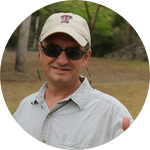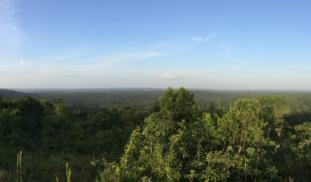Please wait...
About This Project
The late colonial period in Belize is one of the country's least studied periods of history from an archaeological standpoint, yet it represents a fascinating case study in cultural contact. Two sites in the Belize Estates Archaeological Survey Team's (BEAST) permit area may help us learn more about this intriguing period of history. Are late colonial period artifacts and features preserved at two sites in the jungles of northwestern Belize?



